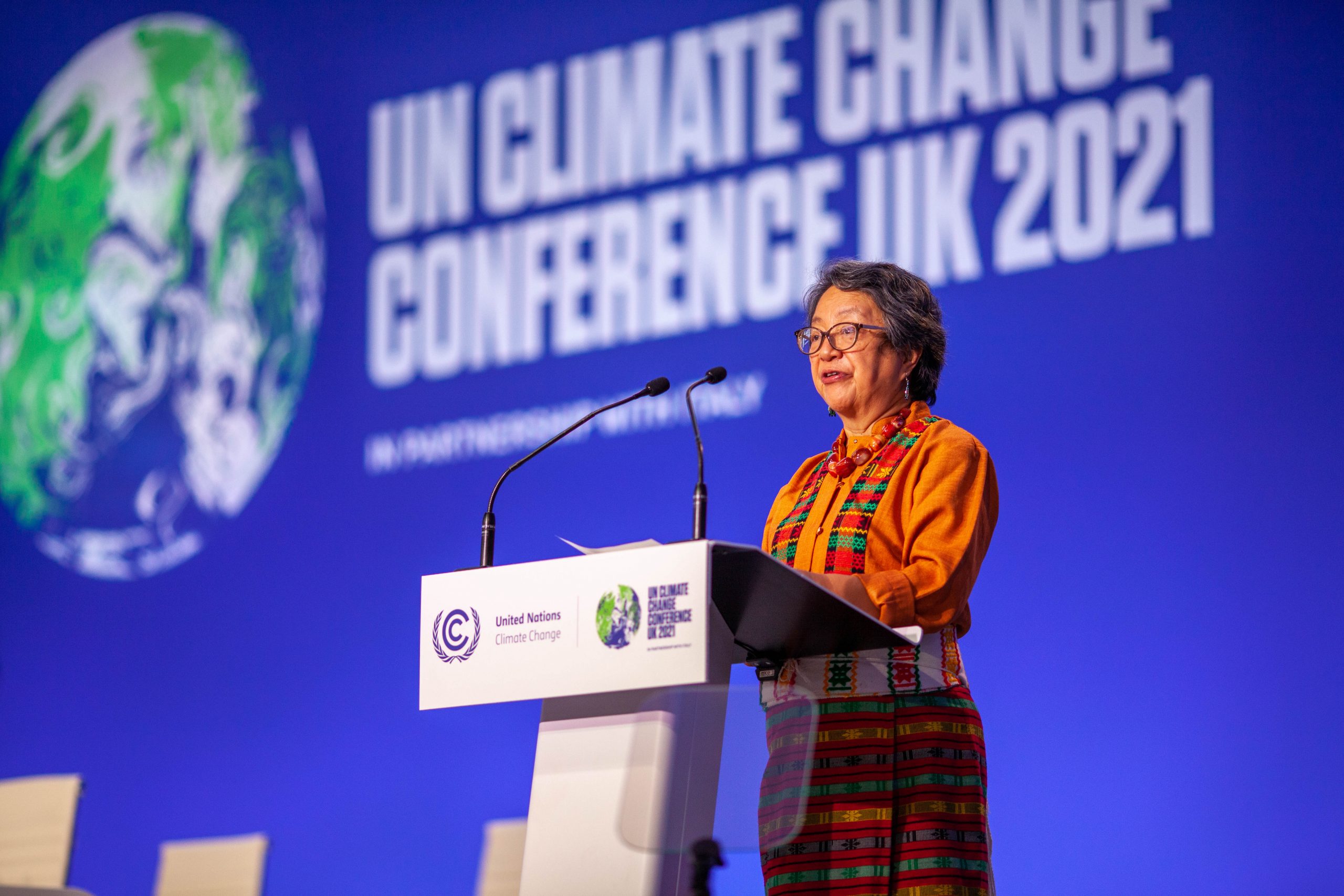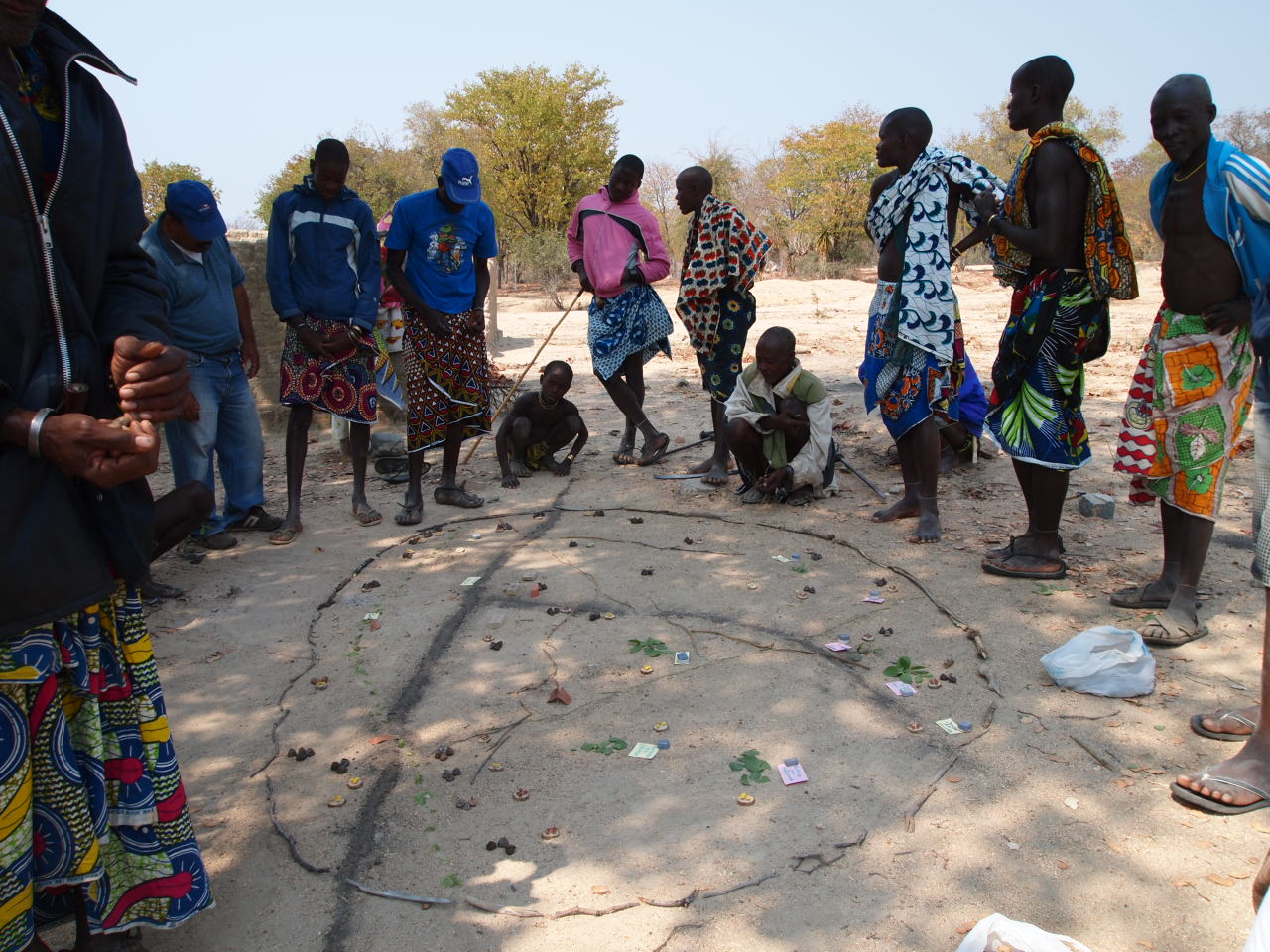2022-06-17
In a dozen short words, chair of Tenure Facility board of directors Dr Myrna Cunningham summed up the state of Indigenous People seeking rights to their own land a half year after major donors opened their chequebooks at the COP 26 meeting in Glasgow.
Everyone is ready to get on with the job of securing land rights; where is the money?
Cunningham, an indigenous Miskitu from Nicaragua who is also vice president of the board of FILAC, the Latin American and Caribbean Indigenous People Development Fund, was speaking on May 19 at the latest Land Dialogues webinar.
Hosted by the Tenure Facility, Land Portal, and Ford and Thomson Reuters foundations, the webinar addressed the aftermath of the COP meeting and, in particularly, the $1.7 billion pledged by several rich countries and foundations for Indigenous Peoples.
It is to assist in secure land rights as part of a broader goal of protecting forests and ecosystems to mitigate climate change and preserve biodiversity.
Cunningham said the money was a huge opportunity but that it had to a) arrive and b) be used by Indigenous and traditional Peoples themselves. The latter is a case of recipients knowing best what they need rather than have it imposed top-down.
“We need the (donors) to understand that they should build on the knowledge that we already have and that they cannot pledge resources for Indigenous Peoples to advance our rights on our territories if we are not in the leading position,” she said.
Cunningham noted that some private philanthropists were more advanced in this thinking than the multilateral institutions that often administer such funds.

COP26 deliberations when the pledge of 1.7billion dollars was made, Victoria Tauli-Corpuz speaking
Dr Jon Unruh, a geographer at Canada’s McGill University and a specialist in the links between land rights and environmental change, agreed that they money is aimed in the right direction and will eventually bring with it recognition for indigenous communities.
“If local communities actually end up do receiving a large amount of this money, that’s an empowerment and then others will have to recognise that,” he said.
He noted the legitimacy that can be gained, for example, by having local people map their land boundaries rather than rely on such things as drones and government surveyors.
But he also noted the potential for conflict that comes from large amounts of money being shared widely, in particular where there is a disconnect between statutory or government law and local, customary law.
“What we have found many times is it is much easier to change statutory law than it is to change customary ways that have been in place for a very long period of time and are durable because they actually attend to people’s real needs up on the ground,” Unruh said.

Indigenous locals meeting to discuss mapping of their territory, West Africa
Victoria Stanley, a senior land administration specialist at the World Bank, said that while getting local involvement was crucial, it was not possible for funding to just be handed over to local communities.
Emphasising that she was speaking from her own experiences and not on behalf of the World Bank, Stanley said there needed to be facilities and programmes in place to ensure the money worked, and that state participation was required.
“Statutory and customary indigenous land rights can function in the same space,” she said, pointing to joint projects in Honduras and Colombia.
“But it’s not possible without the participation of the state because we’re talking about land rights, which is a legal concept. So, if the state isn’t going to participate, it’s very difficult to realise this in practice,” she said.
But there was nonetheless a unanimous view among the speakers that local people had to be involved in tenure decisions for funding to have any meaningful impact.
Dr Konrad Hentze, a research associate at the University of Bonn’s geography department, outlined the possibilities for land tenure that come from drones, smart phones, artificial intelligence etc.
But these have limits because land tenure in often remote places is “entangled”.
“So that means you always need to involve local knowledge,” he said. “We have to align the national interest with the local interests. And it has to be a negotiation process beforehand before we just start wildly mapping out things and then post them somewhere and share them.”
Articles